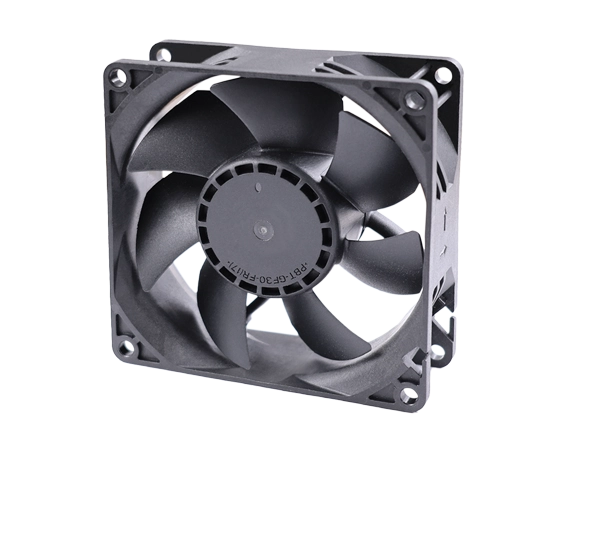Soldering is an essential skill in various fields, from electronics and electrical engineering to DIY projects and crafts. Whether you are repairing a circuit board, creating a custom wiring harness, or simply connecting two wires, knowing how to solder effectively is crucial. This article will delve into the intricacies of soldering two wires together, providing you with a step-by-step guide, essential tools, safety tips, and troubleshooting advice to ensure a strong and reliable connection.
Understanding the Basics of Soldering
Before diving into the process of soldering two wires together, it’s important to understand what soldering is. Soldering is a process that involves melting a filler metal (solder) to join two or more electronic components or wires. The solder cools and solidifies, creating a strong electrical and mechanical connection.
Essential Tools and Materials
To achieve a successful solder joint, you will need the following tools and materials:
- Soldering Iron: A quality soldering iron with a fine tip is essential for precision work. Look for one with adjustable temperature settings for versatility.
- Solder: Use rosin-core solder, typically made of a tin-lead alloy or lead-free alternatives. The diameter of the solder should be appropriate for the wires you are working with, usually between 0.6mm to 1.0mm.
- Wire Strippers: These are used to remove the insulation from the ends of the wires, exposing the conductive metal.
- Helping Hands or Third Hand Tool: This tool holds the wires in place, allowing for a steady hand while soldering.
- Soldering Flux: Flux helps to clean the metal surfaces and improve the flow of solder, ensuring a better connection.
- Safety Gear: Always wear safety glasses to protect your eyes from solder splashes and work in a well-ventilated area to avoid inhaling fumes.
Step-by-Step Guide to Soldering Two Wires Together
Step 1: Prepare the Wires
- Strip the Insulation: Use wire strippers to remove about 1/2 inch of insulation from the ends of both wires. Be careful not to damage the copper strands.
- Twist the Strands: If you are working with stranded wire, twist the exposed strands together to prevent fraying and ensure a solid connection.
Step 2: Apply Flux
Apply a small amount of soldering flux to the exposed wire ends. This will help the solder flow more easily and create a stronger bond.
Step 3: Heat the Soldering Iron
Plug in your soldering iron and allow it to reach the desired temperature (typically between 350°C to 400°C). A properly heated soldering iron is crucial for effective soldering.
Step 4: Tin the Wires
Before joining the wires, it’s beneficial to “tin” them. This involves melting a small amount of solder onto the exposed wire ends. Heat the wire with the soldering iron and then apply solder until it flows evenly over the wire. This step helps to ensure a good connection when the wires are joined.
Step 5: Join the Wires
- Align the Wires: Position the tinned ends of the wires together, ensuring they are touching.
- Heat the Joint: Place the soldering iron on the joint where the two wires meet. Allow the heat to transfer for a second or two.
- Apply Solder: Once the wires are heated, feed solder into the joint. The solder should flow around the wires, creating a solid connection. Remove the solder and then the soldering iron.
Step 6: Allow to Cool
Let the solder joint cool naturally for a few seconds. Avoid moving the wires during this time to ensure a strong bond.
Step 7: Inspect the Joint
Once cooled, inspect the solder joint. A good solder joint should appear shiny and smooth, with no gaps or cracks. If the joint looks dull or has a rough texture, it may need to be re-soldered.
Safety Tips
- Always work in a well-ventilated area to minimize exposure to fumes.
- Keep your soldering iron in a safe place when not in use to prevent burns.
- Be cautious of hot solder, as it can cause burns and damage surfaces.
Troubleshooting Common Issues
- Cold Joints: If the solder joint appears dull or has a rough texture, it may be a cold joint. This occurs when the solder does not flow properly. To fix this, reheat the joint and add more solder.
- Wires Not Sticking Together: If the wires do not bond, ensure that you have applied enough heat and solder. Additionally, check that the wires are clean and free of oxidation.
- Excessive Solder: If too much solder is applied, it can create a blob that may cause shorts. Use a solder wick or desoldering pump to remove excess solder.
Conclusion
Soldering two wires together is a fundamental skill that can greatly enhance your ability to work with electronics and electrical systems. By following the steps outlined in this guide and practicing regularly, you can master the art of soldering and create reliable, long-lasting connections. Remember to prioritize safety and take your time to ensure each joint is perfect. Happy soldering!

